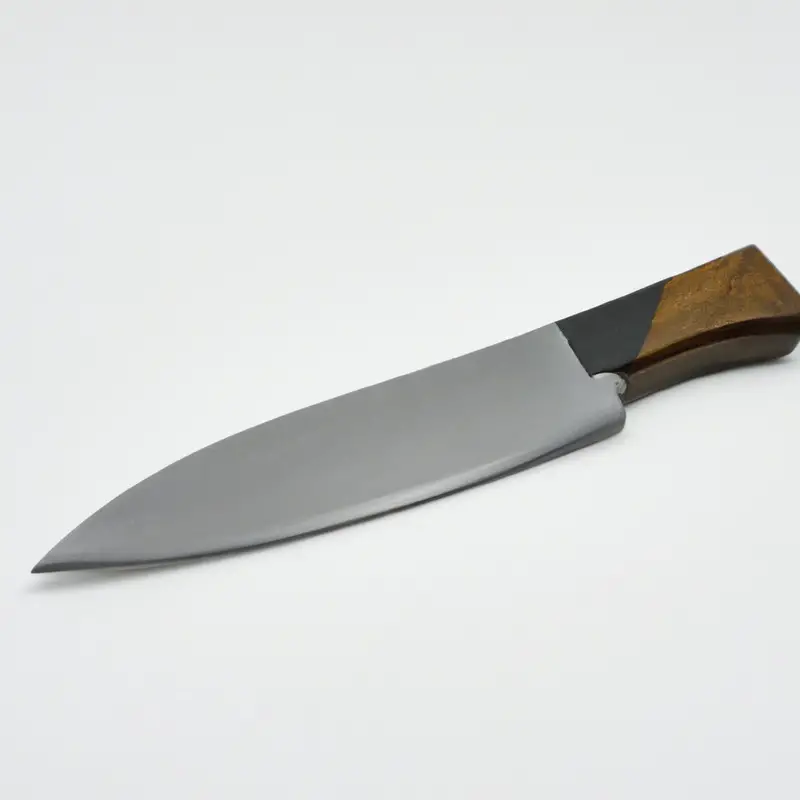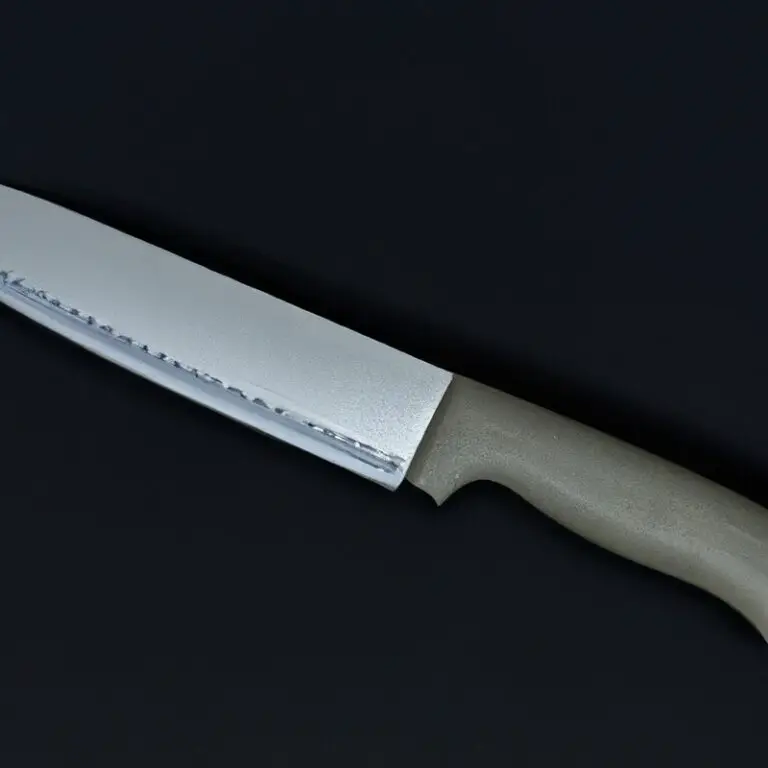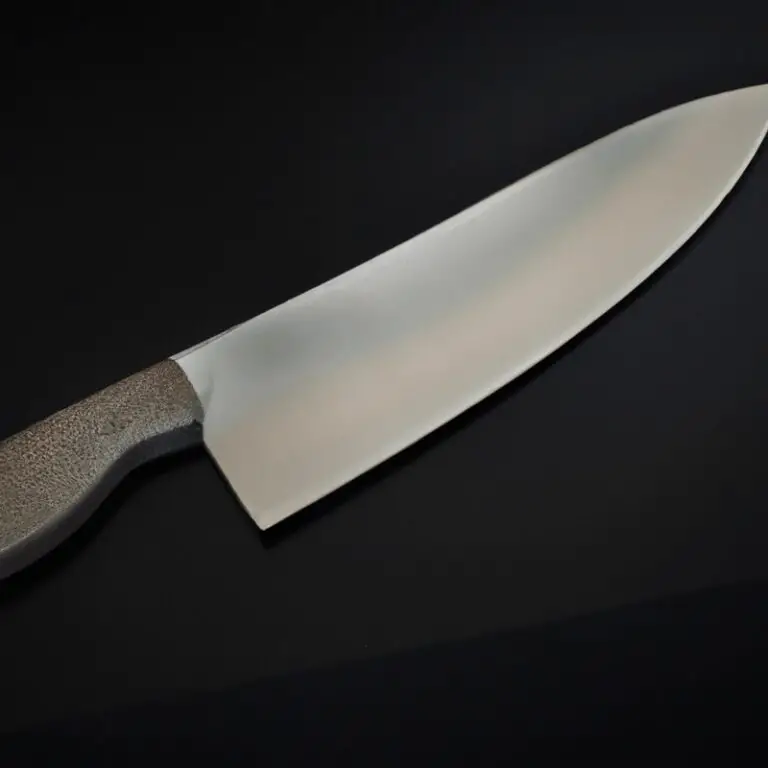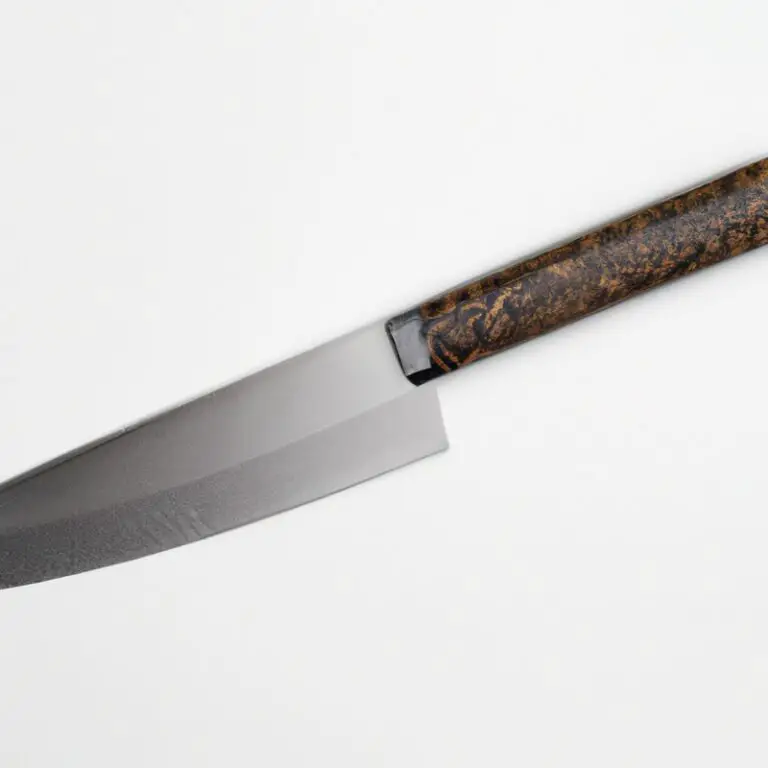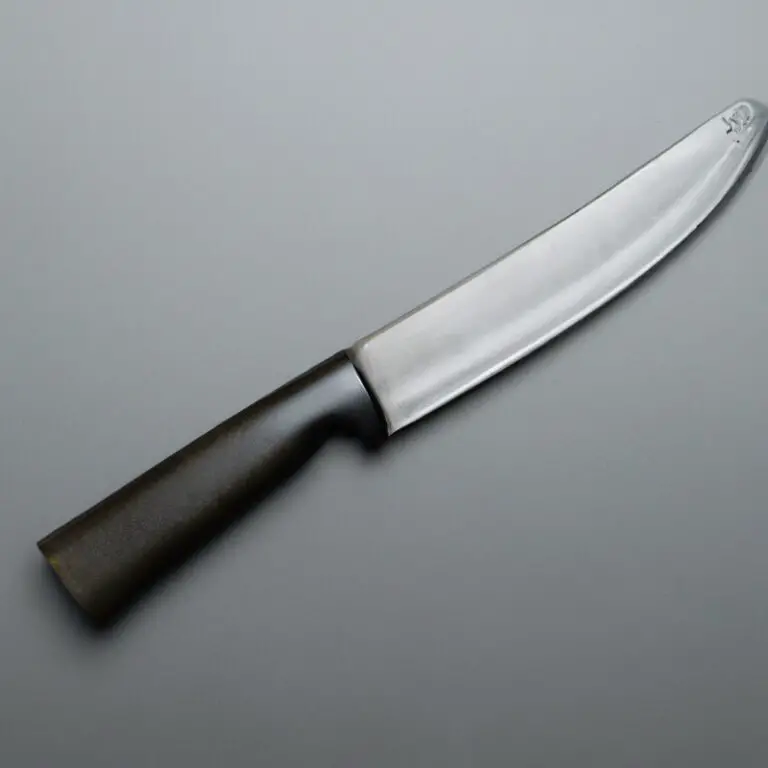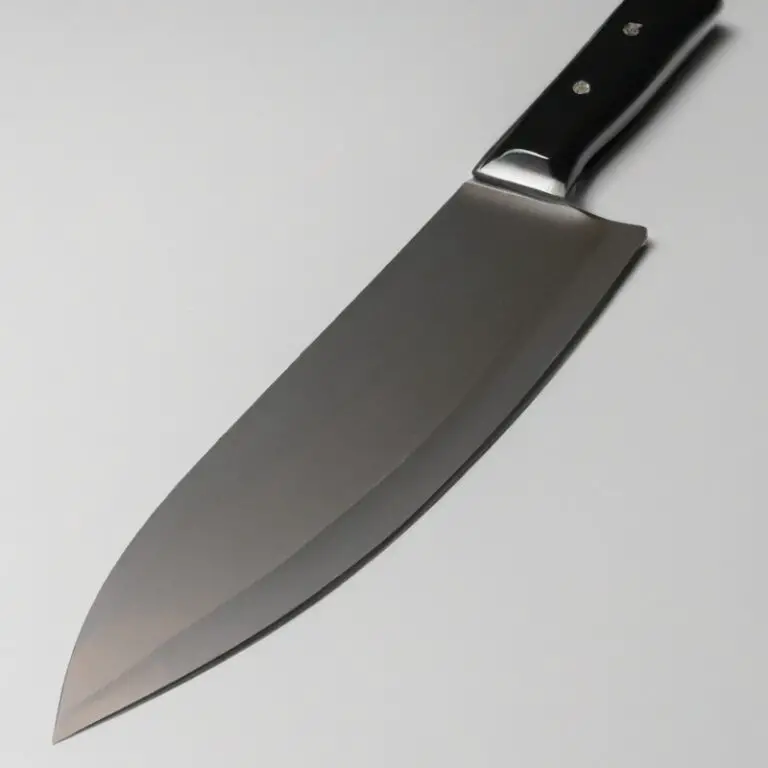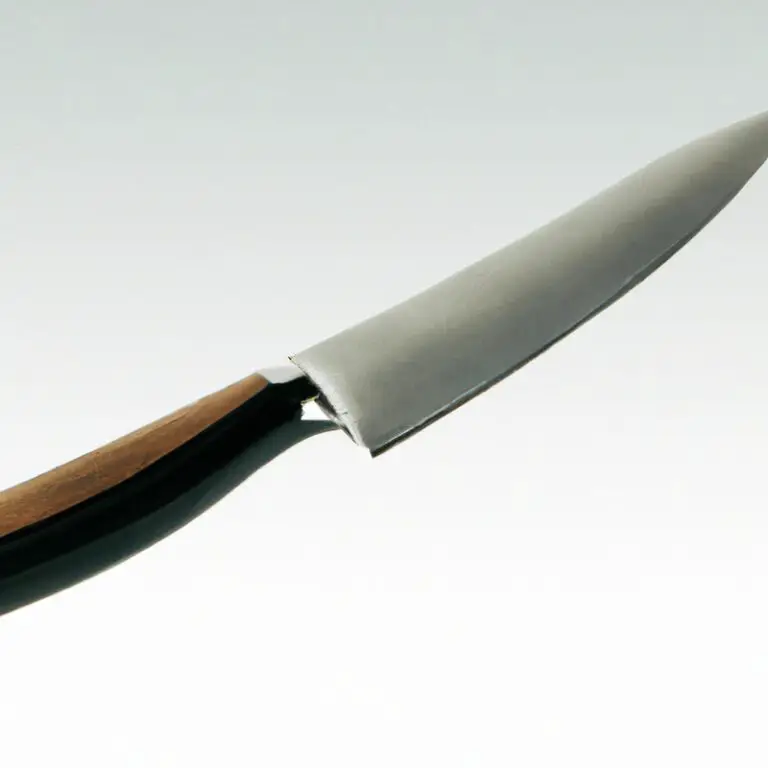How To Maintain The Aesthetics Of a Gyuto Knife? Tips
Key Takeaways:
- Proper cleaning and storage are key to maintaining the aesthetics of a Gyuto knife.
- Avoid using abrasive cleaners or rough surfaces that can damage the blade’s finish.
- Regular sharpening and honing can help maintain the knife’s sharpness and prolong its lifespan.
- Handle the knife with care and only use it for its intended purpose to prevent unnecessary wear and tear.
A Gyuto knife can be a beautiful masterpiece in your kitchen, but how do you preserve its aesthetics while also keeping its sharp edge? As a chef, I have used a variety of knives throughout my career, and I’ve learned that a well-maintained knife not only performs better but also adds to the overall appeal of your kitchen.
In this article, let’s explore the various ways you can maintain and enhance the aesthetics of your Gyuto knife, from understanding its anatomy to choosing the right cutting board and cleaning it with care.
So let’s dive in and give your favorite knife the attention it deserves.
| Task | Frequency | Details |
|---|---|---|
| Washing | After every use | Hand wash with hot water & mild detergent. |
| Drying | After washing | Dry with a clean cloth and keep the blade uncovered. |
| Honing | Once monthly | Use a honing steel to keep the blade aligned and sharp. |
| Sharpening | When blade becomes dull or unmanageable | Use a whetstone to sharpen the blade. Professional sharpening may also be sought. |
| Storage | When not in use | Store in a knife block or on a magnetic strip. Avoid storing in damp areas or with other utensils. |
Understanding the anatomy of a Gyuto knife: Parts and their functions
A Gyuto knife typically has three distinct parts: the blade, the handle, and the bolster. The blade is the main cutting component and is usually made from high-grade steel.
The handle is often made from wood or resin, and it provides a comfortable and secure grip.
The bolster is the thick metal section between the blade and the handle that adds balance and weight to the knife. The tip of the blade is used for precision cutting, whereas the heel is ideal for chopping and slicing through bigger ingredients.
The middle part of the blade is perfect for precise cuts like mincing or dicing.
The spine of the knife adds rigidity and helps balance the blade. The handle can be curved or straight, based on personal preference.
The grip should be comfortable and have a non-slip texture to ensure safety and control while cutting.
The bolster also helps with balance and prevents the user’s hand from slipping up to the sharp blade. Understanding the anatomy of a Gyuto knife can help users choose the right knife for their needs and understand how to use it effectively.
Knowing these parts and their functions is crucial in maintaining the aesthetics and performance of your Gyuto knife.
Choosing the right cutting board for your Gyuto knife
Choosing the right cutting board is crucial in maintaining the aesthetics and performance of your Gyuto knife. The best options are wooden cutting boards made of hard, dense woods like maple, walnut, or cherry.
Avoid cutting boards made of soft woods as they tend to leave deep grooves, disrupting the blade’s sharpness.
Another option is plastic cutting boards, which are easy to clean and maintain but are prone to deep cuts. Therefore, select plastic cutting boards with a hardness rating of 90 or higher on the Shore D scale to reduce the risk of deep grooves.
Glass, marble, and other hard materials are not ideal for cutting boards as they can easily damage your knife’s edge.
Similarly, ceramic cutting boards are too hard and heavy, which can dull the blade over time. Lastly, avoid cutting boards made of non-food-grade materials as they may contain harmful chemicals that can react with your ingredients.
Always invest in a high-quality cutting board and regularly oil it with food-safe oils to protect and maintain its durability.
The right way to sharpen a Gyuto knife
Sharpening a Gyuto knife isn’t rocket science, but it does require some practice and patience. Here are the steps you need to follow to sharpen a Gyuto knife correctly:
- Choose the right sharpening stone: A waterstone with a grit of 1000 to 6000 is ideal for sharpening a Gyuto knife.
- Soak the stone: Let the sharpening stone soak in water for 10 minutes before use.
- Position the blade: Hold the knife at a 15° to 20° angle against the stone. The length of the blade should be parallel with the stone.
- Begin sharpening: Move the blade along the stone in a back-and-forth motion, starting at the base of the blade and working towards the tip. Apply light pressure and maintain the same angle throughout the sharpening process.
- Switch sides: After a few strokes, switch sides and repeat the process on the other side of the blade.
- Check for burrs: Run your finger along the blade’s edge to check for any burrs, or rough patches. If you find any, gently remove them by running the blade along the stone a few more times.
- Hone the edge: After sharpening, hone the edge by using a honing steel. This will help straighten the blade and remove any remaining burrs.
By following these steps, you can sharpen your Gyuto knife to maintain its sharpness and edge. Remember, practice makes perfect, so keep at it until you feel comfortable with the process.
Honing and stropping a Gyuto knife: Do’s and Don’ts
Honing and stropping are essential for maintaining the sharpness of a Gyuto knife. Here are some do’s and don’ts to keep in mind: Do:
- Use a honing rod to straighten the edge of the blade before stropping.
- Strop the blade on a leather or fabric surface using light pressure.
- Keep the angle consistent while stropping.
- Wipe the blade clean after honing and stropping.
Don’t:
- Use a honing rod or strop on a damaged or chipped blade.
- Apply too much pressure while stropping or angle the blade inconsistently.
- Use a honing rod in place of regular sharpening.
Remember, honing and stropping are not a substitute for regular sharpening. They are maintenance techniques to keep the blade’s edge straight and polished.
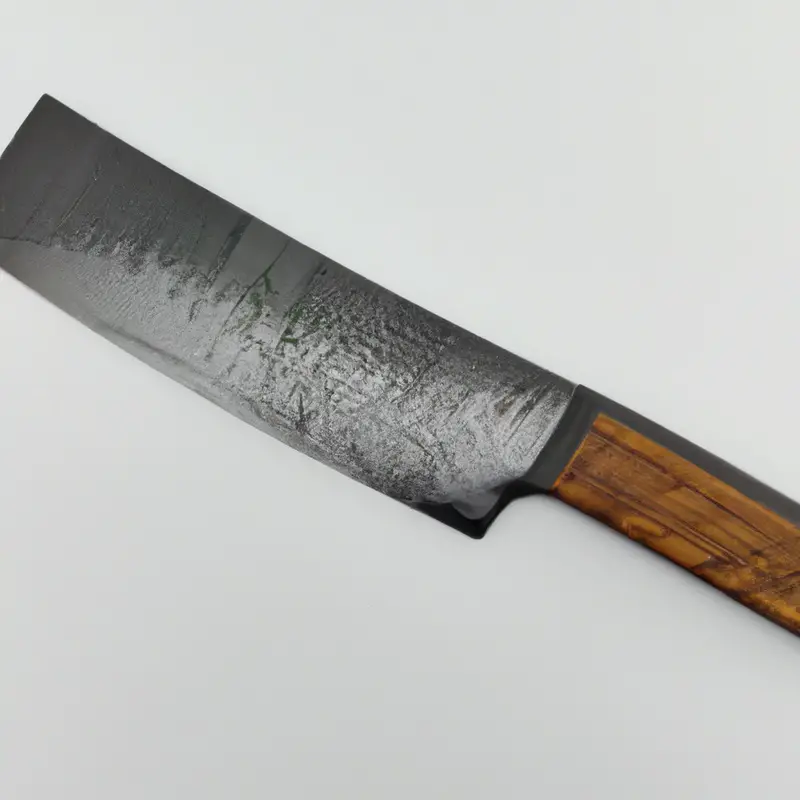
How to properly clean and maintain your Gyuto knife
To properly clean and maintain your Gyuto knife, follow these simple steps:
- Clean the blade immediately after use, using warm water and mild dish soap.
- Dry the blade completely with a cloth or towel to prevent moisture buildup.
- Never put your Gyuto knife in the dishwasher as the high temperature and harsh chemicals can damage the blade.
- Use a honing steel or ceramic rod to keep the blade’s edge aligned.
- If the blade becomes dull, sharpen it using a whetstone or sharpening stone.
- Store your Gyuto knife in a dry and ventilated place, preferably in a wooden knife block or on a magnetic strip.
- If your knife is made of carbon steel, consider applying a thin layer of food-grade mineral oil to the blade to prevent rust buildup.
Remember to handle your Gyuto knife with care and always use proper cutting techniques to avoid accidental damage. By following these steps, you can maintain the aesthetics of your Gyuto knife and keep it performing at its best.
How to store your Gyuto knife to maintain its sharpness and edge
To maintain your Gyuto knife’s sharpness and edge, proper storage is essential. Here are some tips:
- Use a knife block, magnetic strip, or blade guard to protect the edge and prevent dulling.
- Store the knife in a dry and cool place to prevent rust and oxidation.
- Don’t keep your knife in a drawer with other utensils as it may cause damage to the blade and edge.
- Avoid keeping your knife in direct sunlight, as it can lead to fading of the blade’s color and affect its sharpness.
- Before storing your knife, ensure it is clean and dry to prevent corrosion and discoloration.
By following these simple steps, you can ensure that your Gyuto knife remains sharp, efficient, and aesthetically pleasing for years to come.
The importance of oiling a Gyuto knife for rust prevention
Regular oiling of a Gyuto knife is essential for rust prevention. Gyuto knives, being made of high-carbon steel, are more likely to rust than other knives.
Oiling helps in protecting the blade from moisture, dirt, and other environmental factors that can lead to rust formation.
When not in use, it is essential to oil the blade of your Gyuto knife with food-grade mineral oil. Apply a thin layer on the entire blade and let it sit for a few minutes.
Then, wipe off the excess oil with a clean cloth.
Performing this simple task regularly can prevent rust formation on your Gyuto knife, prolong its lifespan, and maintain its aesthetic appearance. Neglecting to oil your Gyuto knife may lead to rust formation and can damage the blade.
Lastly, always remember to use food-grade mineral oil, as it is safe for use on kitchen tools and does not leave a residue that can contaminate your food.
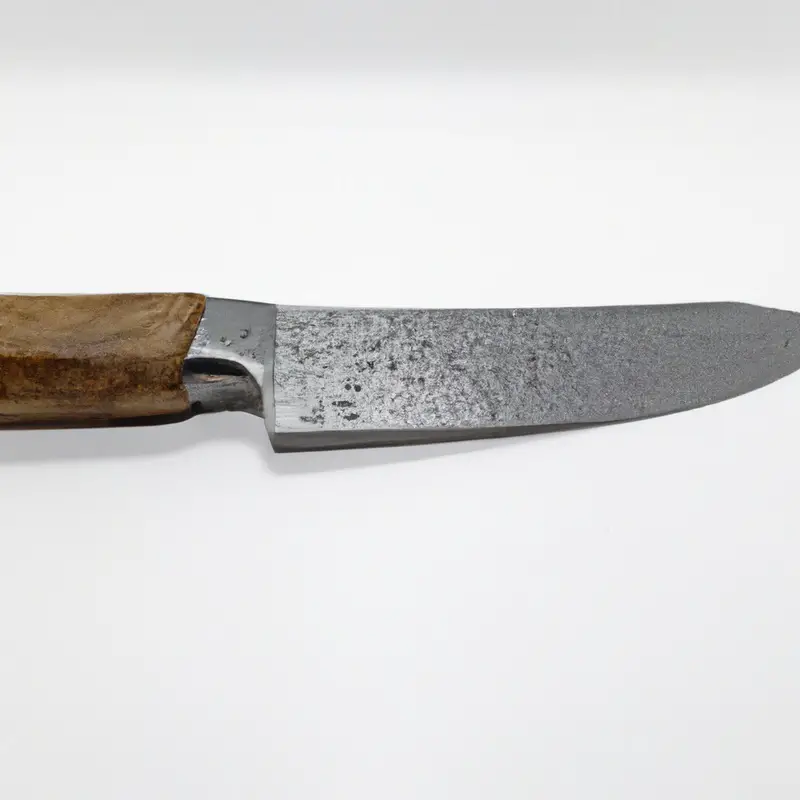
Tips for using a Gyuto knife to keep it looking and performing its best
Tips for using a Gyuto knife to keep it looking and performing its best:
- Always use a cutting board to protect the blade from dulling or chipping.
- Avoid cutting frozen or solid foods as this can damage the blade.
- Use a smooth cutting motion with a slight rocking motion to avoid excessive force on the blade.
- Never use the blade to scrape food off the cutting board or use it as a can opener.
- Avoid putting the knife in the dishwasher or soaking it in water for extended periods as this can cause rust and damage the handle.
- Clean the knife immediately after use with warm water and mild soap, drying it carefully with a towel or cloth.
- Store the knife in a knife block, sheath, or magnetic holder to protect the blade and avoid dulling the edge.
- Regularly hone the blade to maintain the sharpness, using a honing rod or sharpening stone.
- Avoid using acidic or abrasive cleaners as they can damage the blade’s finish.
By following these tips, you can ensure your Gyuto knife looks and performs at its best for years to come.
Common mistakes to avoid when handling a Gyuto knife
Common mistakes to avoid when handling a Gyuto knife include:
- Using the wrong cutting board – avoid using glass or ceramic cutting boards as they are too hard and can damage the blade.
- Improper storage – avoid storing the knife in a way that allows it to come into contact with other objects or blades, which can lead to dulling or chipping.
- Using the wrong sharpening method – avoid using electric sharpeners or improper angle grinders, as these can damage the blade and shorten its lifespan.
- Misuse of the blade – avoid using the knife on hard surfaces or twisting the blade when cutting as this can lead to damage or breakage of the tip.
- Failure to clean and dry the blade properly – avoid leaving your knife wet or dirty, as this can lead to rust and corrosion.
- Using the knife for unintended purposes – avoid using a Gyuto knife for purposes other than what it is intended for, such as chopping bones or frozen food, as this can damage the blade.
By avoiding these common mistakes, you can maintain the aesthetics and performance of your Gyuto knife for years to come.
When to seek professional help for Gyuto knife maintenance
While maintaining your Gyuto knife is important, there are certain cases where seeking professional help is necessary. Here are some instances when you should consider professional help for Gyuto knife maintenance:
- Chips or cracks in the blade: If you notice any chips or cracks in the blade, it’s best to seek professional help. Attempting to fix it yourself may result in further damage to the knife.
- Major rust or corrosion: If you notice any significant rust or corrosion on the blade, it’s best to seek the help of a professional. They have the expertise and equipment needed to safely remove the rust without damaging the blade.
- Re-profiling the edge: If the edge of your knife is significantly damaged or dull, seeking professional help to re-profile the edge is recommended. This will ensure that the edge is sharpened evenly and you don’t risk damaging the blade while attempting to do it yourself.
- Handle repair: If your handle is damaged or loose, seeking professional help is recommended to avoid further damage or injury.
Remember, seeking professional help for Gyuto knife maintenance ensures that your knife remains in excellent condition and reduces the risk of causing any further damage to the knife.
Final Verdict
Maintaining the aesthetics of a Gyuto knife is not only important for its appearance, but also for its functionality and longevity. By following the tips and techniques discussed in this article, you can ensure your Gyuto knife remains sharp, rust-free, and performing at its best.
Remember to choose the right cutting board, sharpen correctly, and clean and store your knife properly.
Don’t forget to oil it regularly and avoid common mistakes that can damage its blade. With the right care and attention, your Gyuto knife will remain a valuable asset for years to come.
As experts in the field, we are confident in the effectiveness of our advice and encourage you to apply it to your own knife maintenance routine.
Thank you for trusting us as a reliable source of information on this topic, and we wish you the best in your culinary endeavors.

